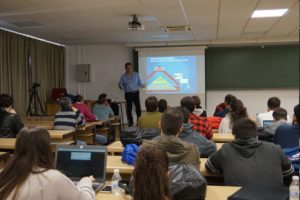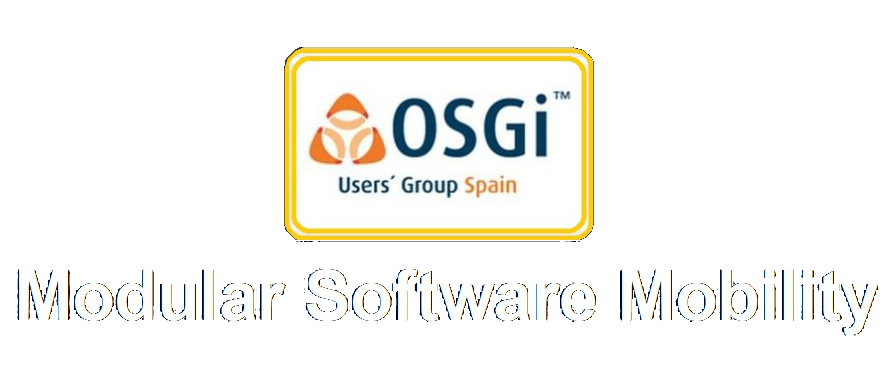
OSGi encourages modularity and strong encapsulation, its dynamic approach can also support agile development and transition to operation. Many other of its characteristics can help for improving software quality. Therefore, it is not a surprise having received an invitation to present in an event celebrating 50 years of Software Engineering.
However, what is really surprising is that the event was organised by Computer Science Engineering students during their last year. Currently, overloaded with a battery of new software technologies, it has been a great satisfaction knowing that the new generation of Computer Science Engineers maintain the concern of the great challenges in this discipline. These challenges are not new, many were identified when the perception of a “software crisis” led to the first NATO Software Engineering conference in 1968 at Garmish (Germany), frequently considered the origin of Software Engineering, 50 years back.
An opening keynote on Software Engineering History by Amador Durán, associate professor at the University of Seville , and a final round table on Requirements Engineering and Industry chaired by the professor David Benavides have provided an excellent framework for many interesting presentations which took place during three days in mid November.
Certainly, far for being obsolete, the continuously increasing software demand brings together the rise of Software Engineering relevance with new challenges and still many open evolving from the past.

Leave a Reply